
To prepare yourself for a potential incident, always keep your vet’s phone number handy, along with an after-hours clinic you can call in an emergency. The ASPCA Animal Poison Control Center also has a hotline you can call for advice at (888) 426-4435.
Even with all of these resources, however, the best cure for food poisoning is preventing it in the first place. To give you an idea of which human foods can be dangerous, Stacker put together a slideshow of common foods to avoid. Take a look to see if there are any that surprise you.
Garlic
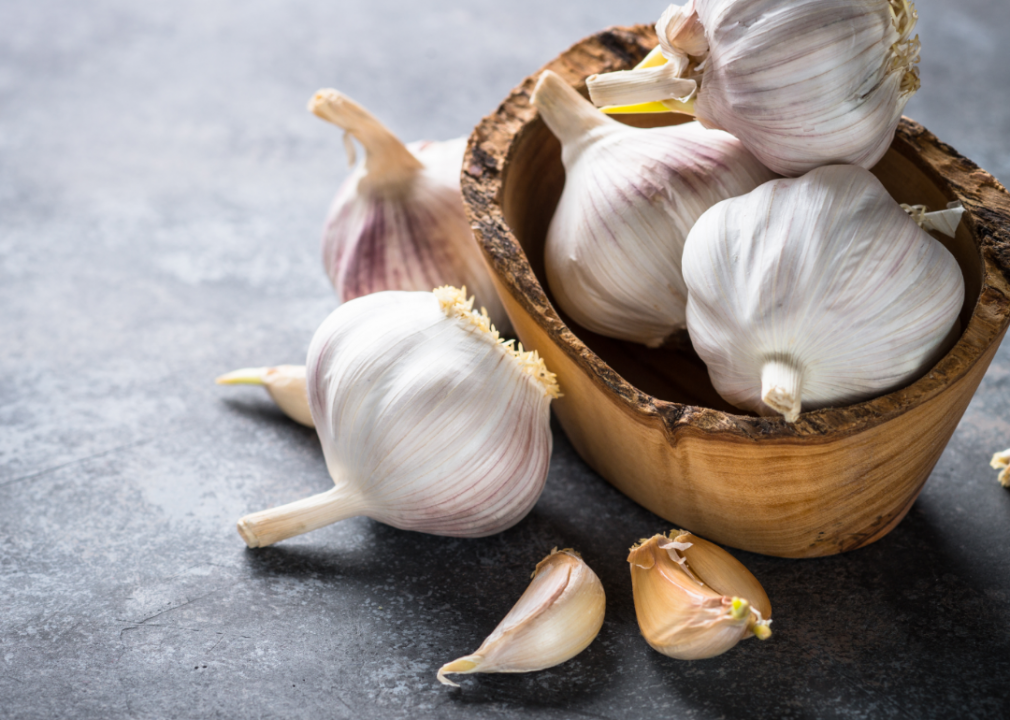
Canva
Garlic is an allium, a family of foods that can be fatal to dogs due to a compound called thiosulfate that damages red blood cells. It takes a lot of garlic to cause toxicity but some breeds, particularly Japanese ones (such as Akitas and Shiba Inus), are particularly susceptible. “Signs of garlic poisoning can be delayed and not apparent for several days,” explains the Pet Poison Helpline. “While tiny amounts of these foods in some pets, especially dogs, may be safe, large amounts can be very toxic.”
Avocado
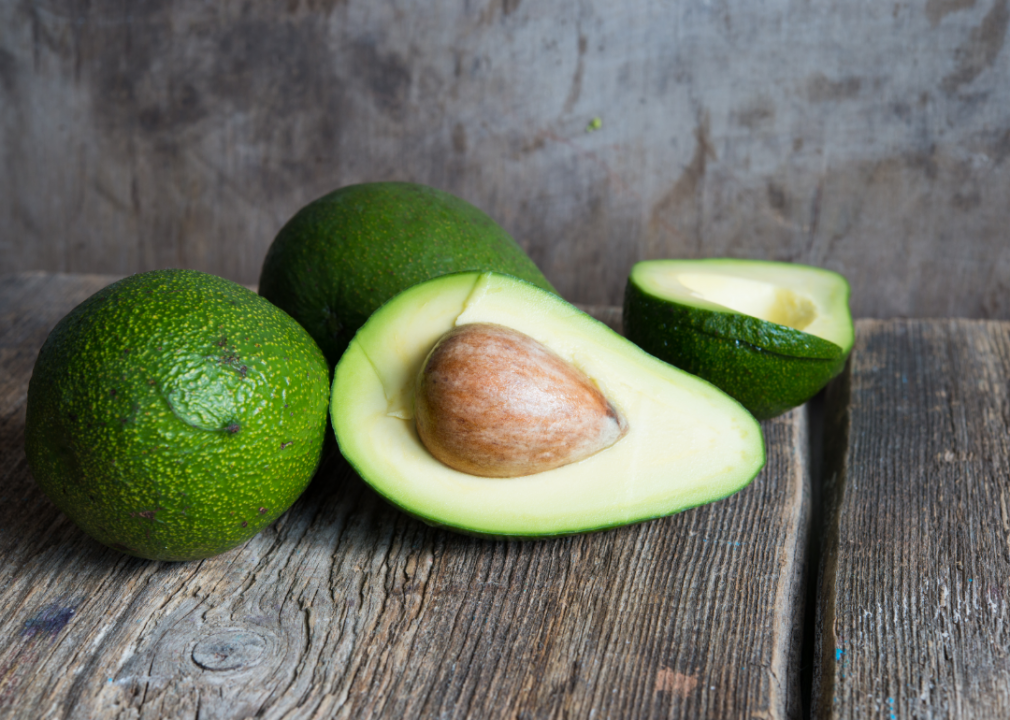
Canva
Avocados are dangerous to many animals, not just dogs, partly due to a fungicidal toxin called persin. It’s generally understood that only high doses of poison are actually lethal, but even more mild symptoms—including vomiting and diarrhea—should obviously be avoided, not to mention the large pits that can be choking hazards.
Yeast
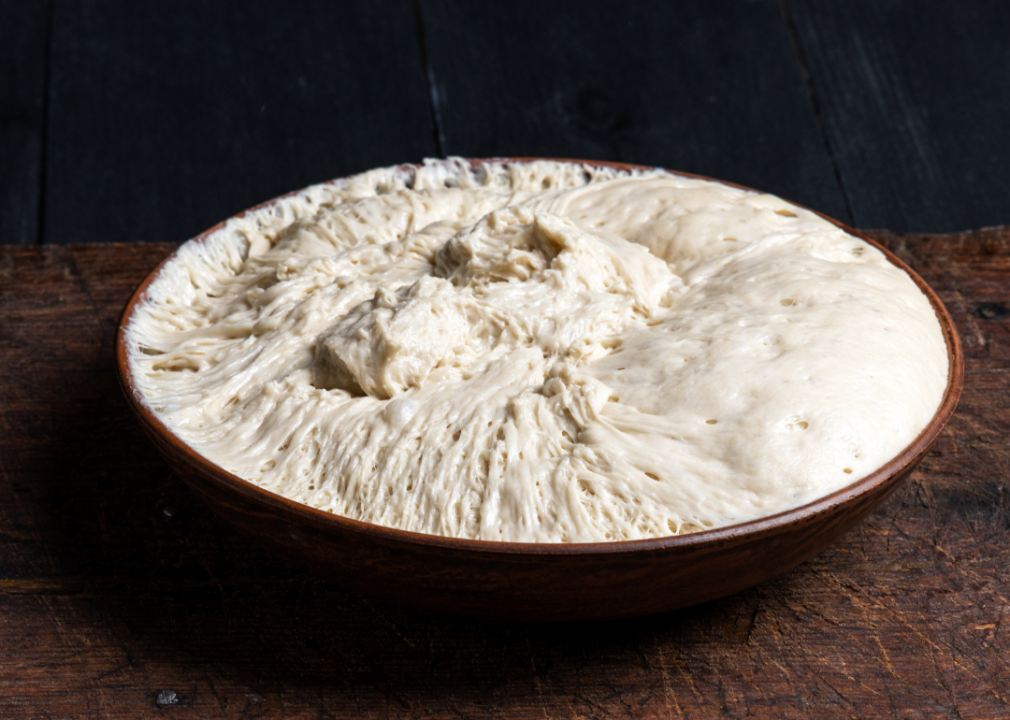
Canva
Eating unbaked bread dough can be extremely dangerous for your dog because the fermenting yeast gets rapidly absorbed in the bloodstream, where it produces enough ethanol to cause alcohol poisoning. Additionally, yeast dough can rise as it moves through the digestive system, potentially twisting the stomach—a situation that can lead to death. Even if the yeast doesn’t cause a life-threatening emergency, it can severely bloat your pup’s stomach, causing intense pain and discomfort.
Chocolate
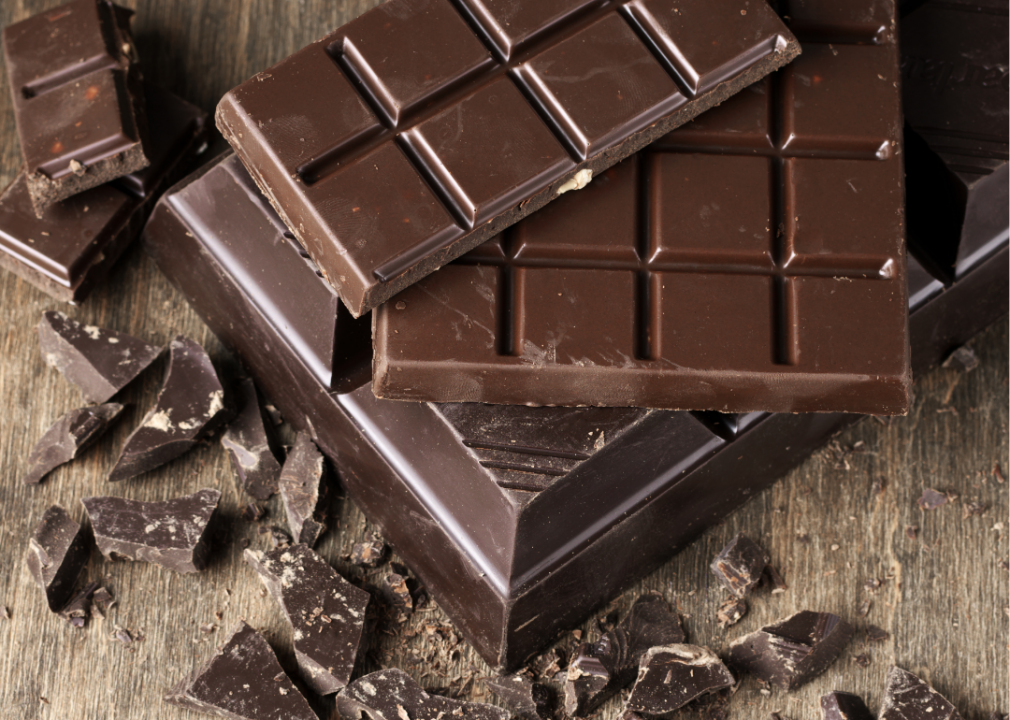
Canva
Chocolate is one of the most commonly recognized toxins for dogs. The culprit is theobromine, an alkaloid that can cause cardiac arrhythmias and central nervous system dysfunction in dogs. Dark chocolate, semisweet chocolate, and unsweetened baker’s chocolates are the most dangerous, while milk and white chocolates have smaller amounts (though they can be toxic, too). Toxicity depends on many factors including the amount consumed and the size of the dog.
Rhubarb
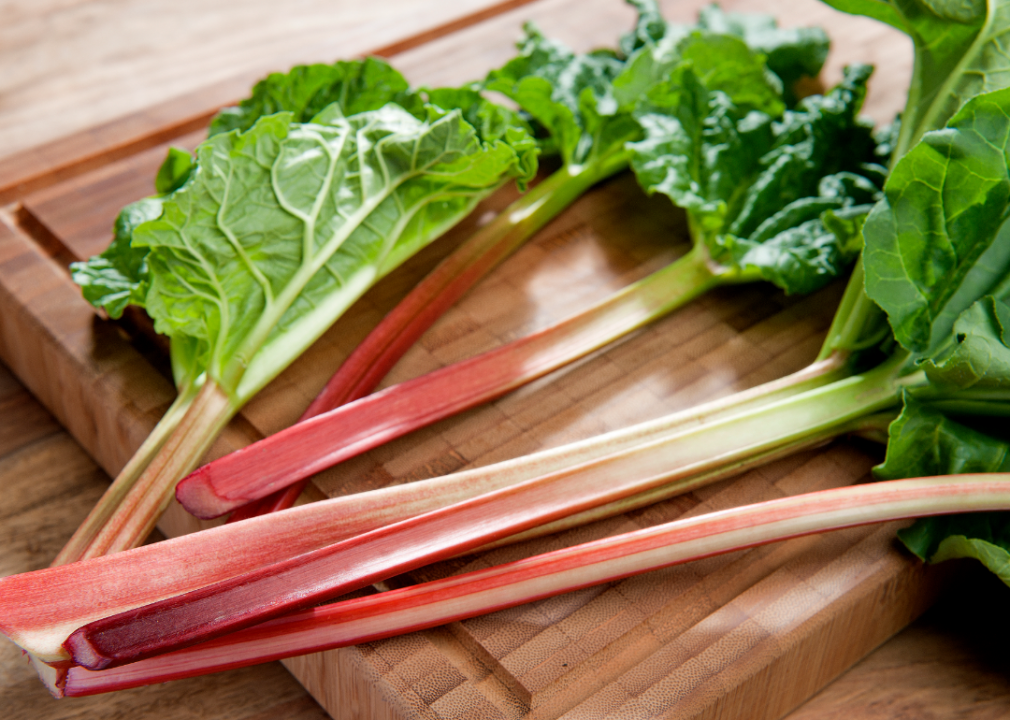
Canva
Although humans love rhubarb pies, the sweet treat can cause kidney failure in dogs due to an antinutrient called oxalic acid. The substance creates crystals in the urinary tract and can cause the kidneys to shut down. Signs of rhubarb poisoning can include drooling, vomiting, diarrhea, tremors, bloody urine, changes in thirst, and other symptoms.
Citrus Oil
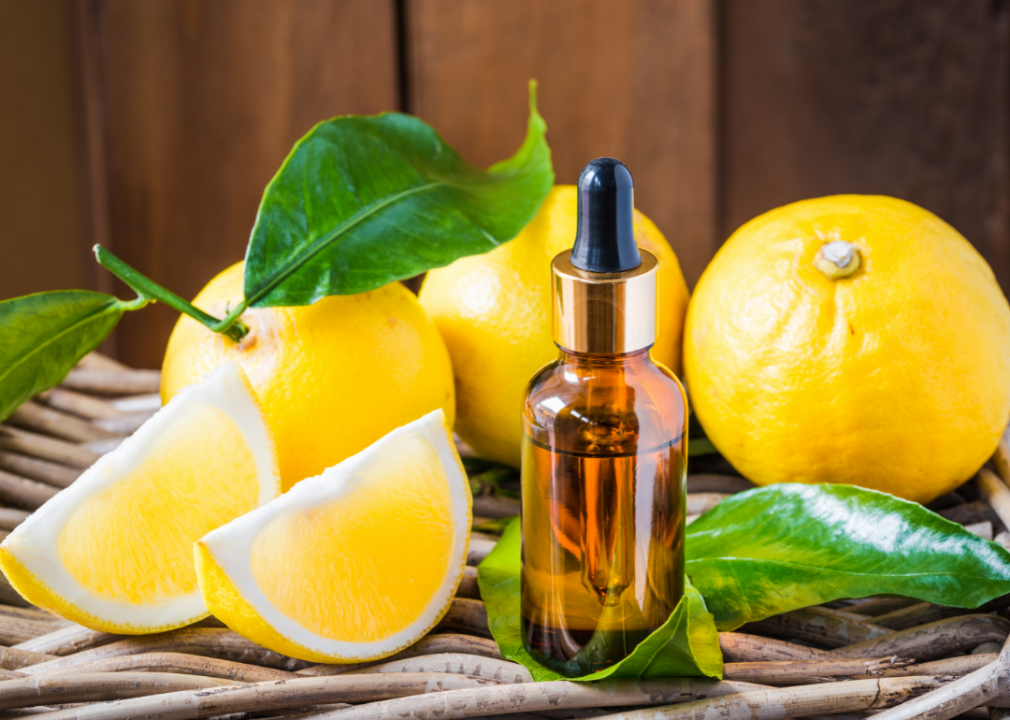
Canva
While oranges are typically fine for your dog to eat, citrus oil—often used medicinally—is not. This is because of the insecticidal properties of the oil, which can lead to liver failure in dogs. In addition to preventing your pup from ingesting it, you should never rub it on your dog’s skin medicinally because they are likely to lick it off. (Note: Many essential oils contain citrus, not just citrus oil itself.)
Macadamia Nuts

Jessica Merz // Flickr
Many nuts are not good for dogs. Macadamia nuts, however, rank among the most toxic. The reason for this is not fully understood by vets, but it’s known that it leads to vomiting, weakness, hyperthermia, and loss of bodily functions. Weakness, particularly behind the hind legs, is one of the most common symptoms. Always call your veterinarian if you suspect your dog has consumed a dangerous amount of macadamia nuts.
Cat Food
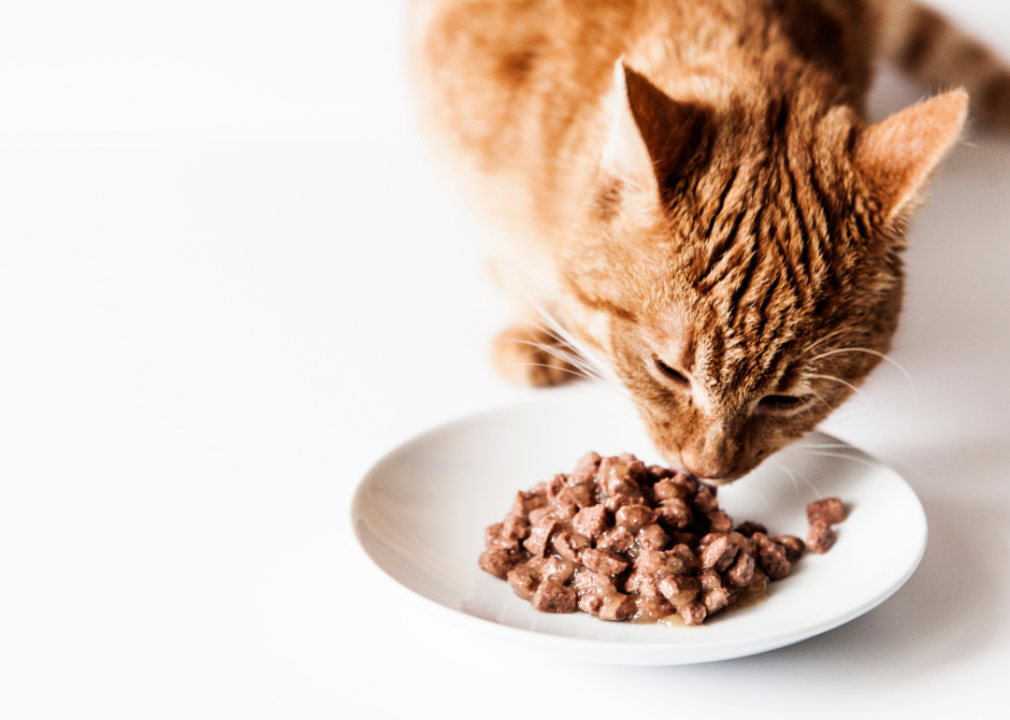
Canva
Although cat food won’t poison your dog immediately, it can lead to pancreatitis and other health complications over time, causing organ damage and potentially sudden death. Every now and then it’s OK if you're in a pinch—but be sure not to feed cat food to your pup on an ongoing basis.
Grapes & Raisins
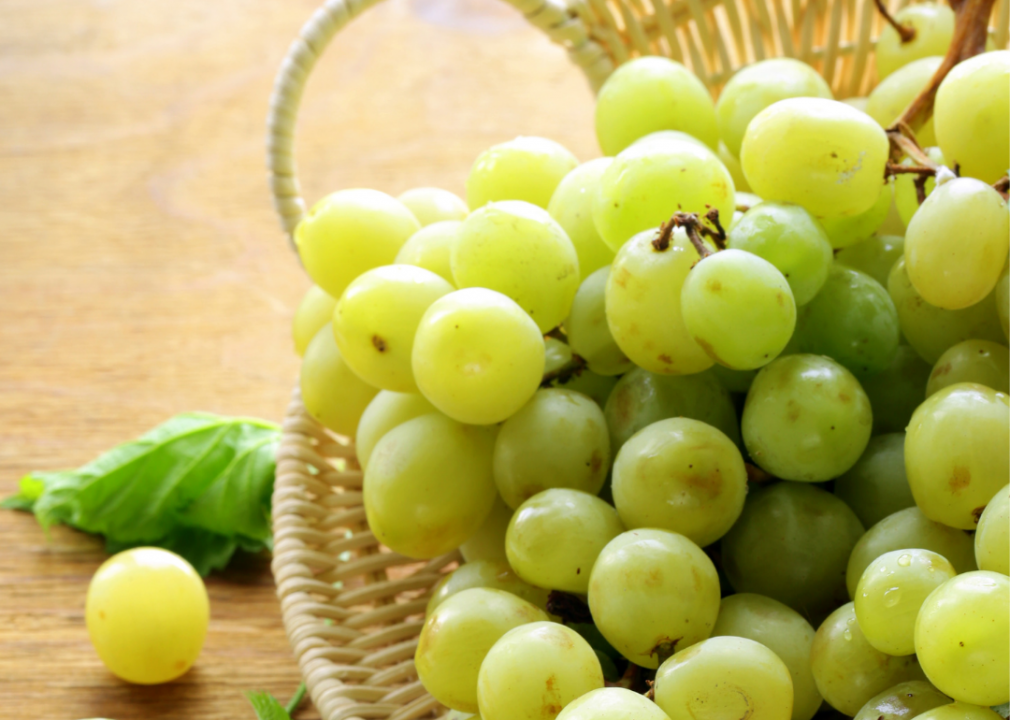
Canva
No one knows what ingredient or compound in grapes and raisins makes them so poisonous to dogs, but they rank among the most serious food threats. Even small amounts can cause sudden kidney failure, often signaled by your dog ceasing to urinate. Other symptoms include foul breath, loss of appetite, vomiting, and diarrhea. Some dogs are extremely susceptible to grape and raisin poisoning while others can eat them with no problem—something else that confounds experts.
Spinach
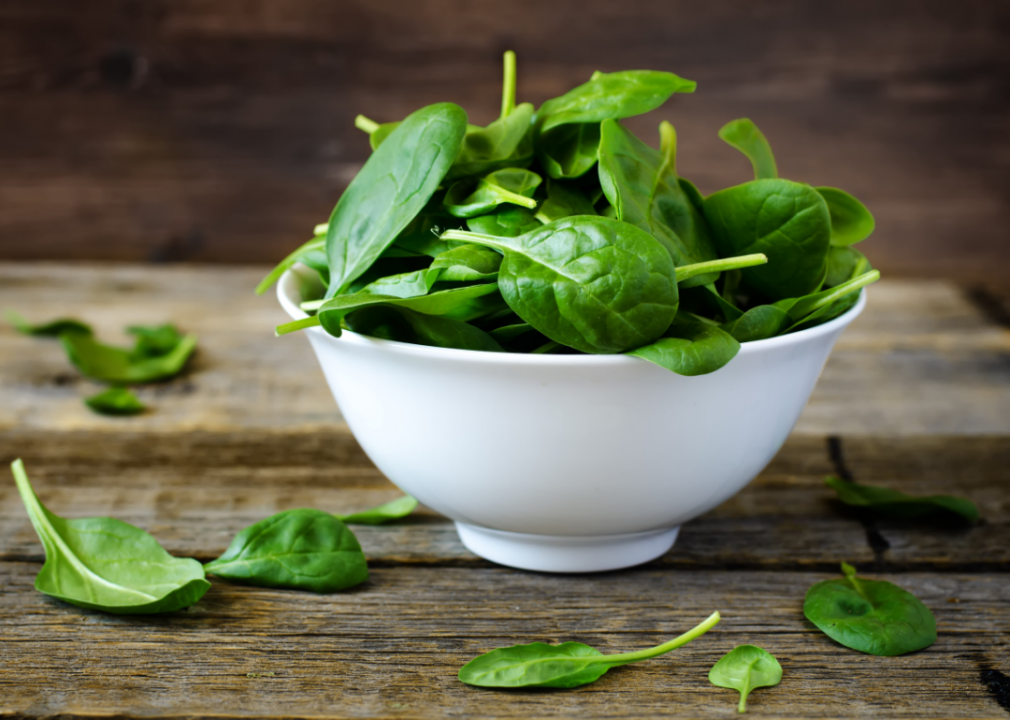
Canva
Spinach is the subject of widespread debate among veterinarians and other dog experts. It contains a high amount of oxalic acid, a substance known to interfere with dogs’ abilities to absorb calcium, causing kidney damage. Like many foods on this list, how much is consumed has a lot to do with how toxic it is. It’s probably OK for your dog to have a small amount of spinach every now and then, but regular consumption can lead to serious health problems.
Milk
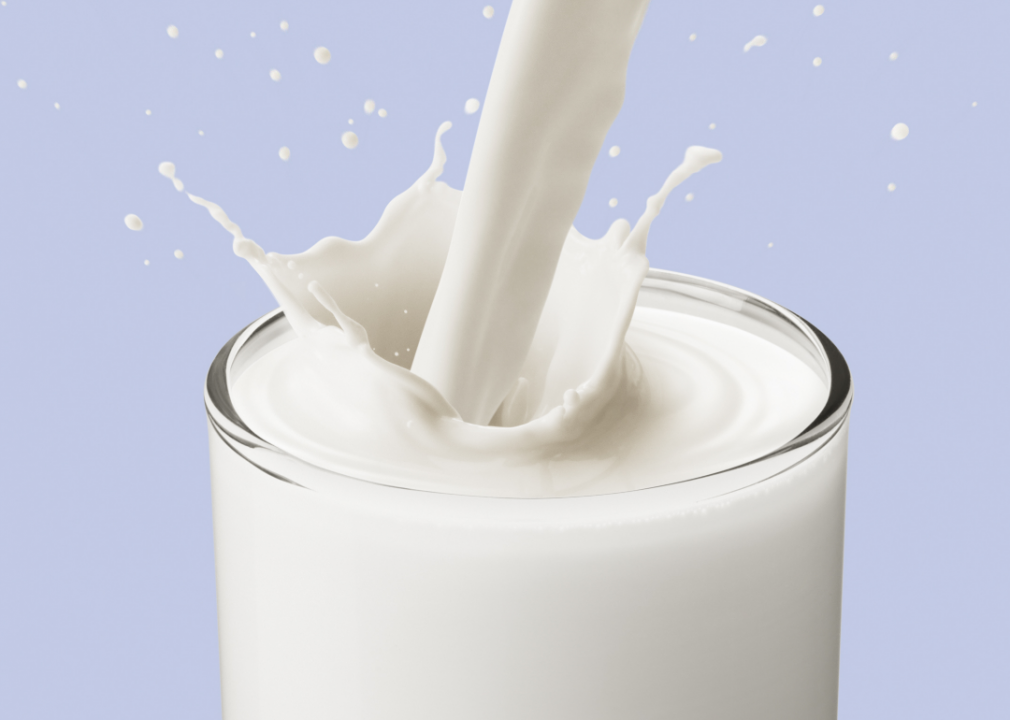
Canva
All mammals are designed to drink milk from their mothers as infants, gradually weaning off as they grow and transition to water and solid foods. After infancy, it’s not uncommon for mammals to experience some level of lactose intolerance when consuming milk products in general and certainly those from other species (different mammals react differently, as will individuals within those groups). So while milk is not technically poisonous for dogs; it’s worth keeping it on their “do not feed” list. Some dogs are OK with it, others experience extreme discomfort in addition to potential health problems, especially among certain breeds.
Xylitol
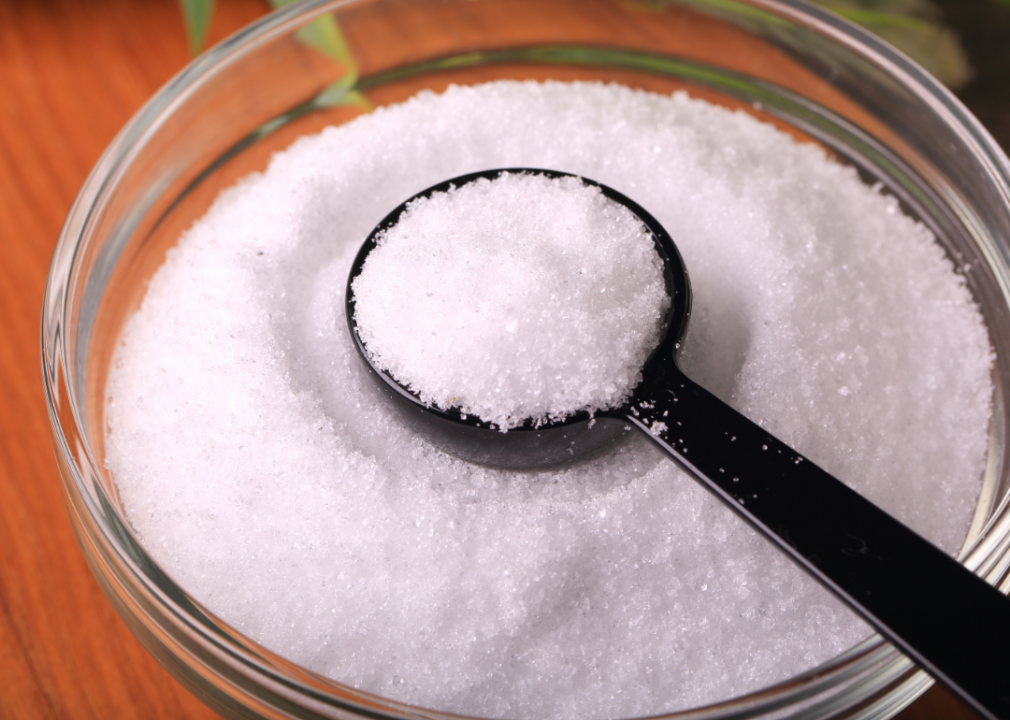
Canva
Xylitol is a sugar alternative found in human foods such as candy, chewing gum, and many baked sweets. It’s extremely toxic to dogs, causing rapid insulin release that can put them in a coma within 15 to 20 minutes. Veterinarians may advise feeding your dog syrup or honey on the way to the emergency clinic to boost their blood sugar during the drive. However, you should only do this if you receive instructions to do so.
Wild Mushrooms
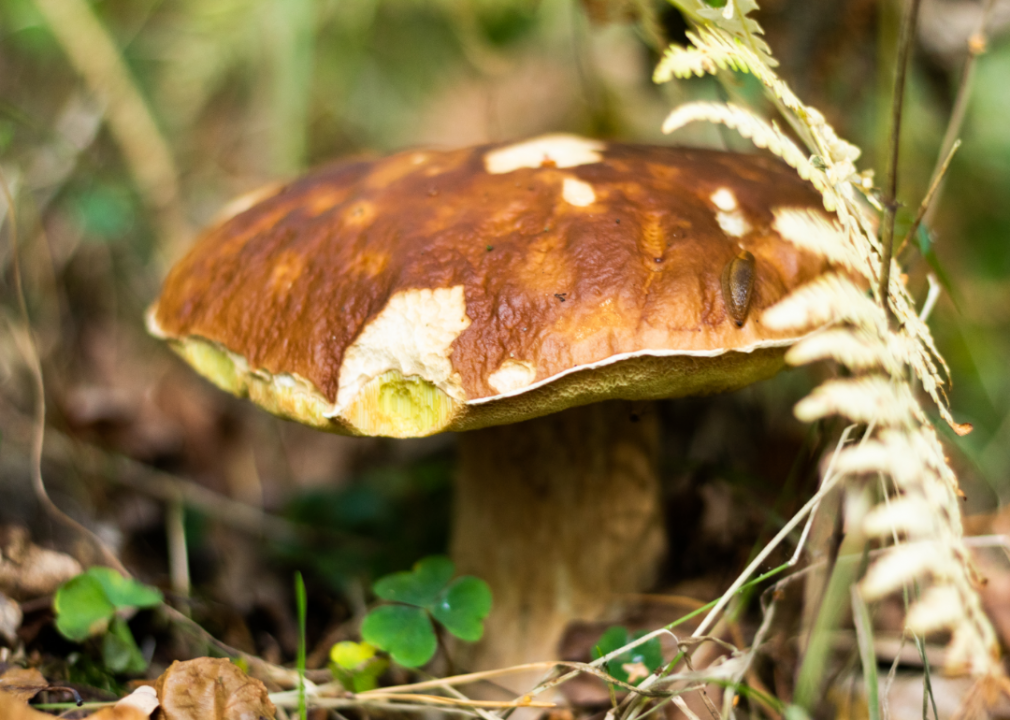
Canva
While the types of mushrooms you purchase in the grocery store are typically safe for dogs, wild mushrooms growing in your yard or out in nature can be toxic. If you have mushrooms around your house, make sure to pull them up regularly. If you catch your dog trying to eat them in the wilderness, stop them immediately.
Iron Supplements
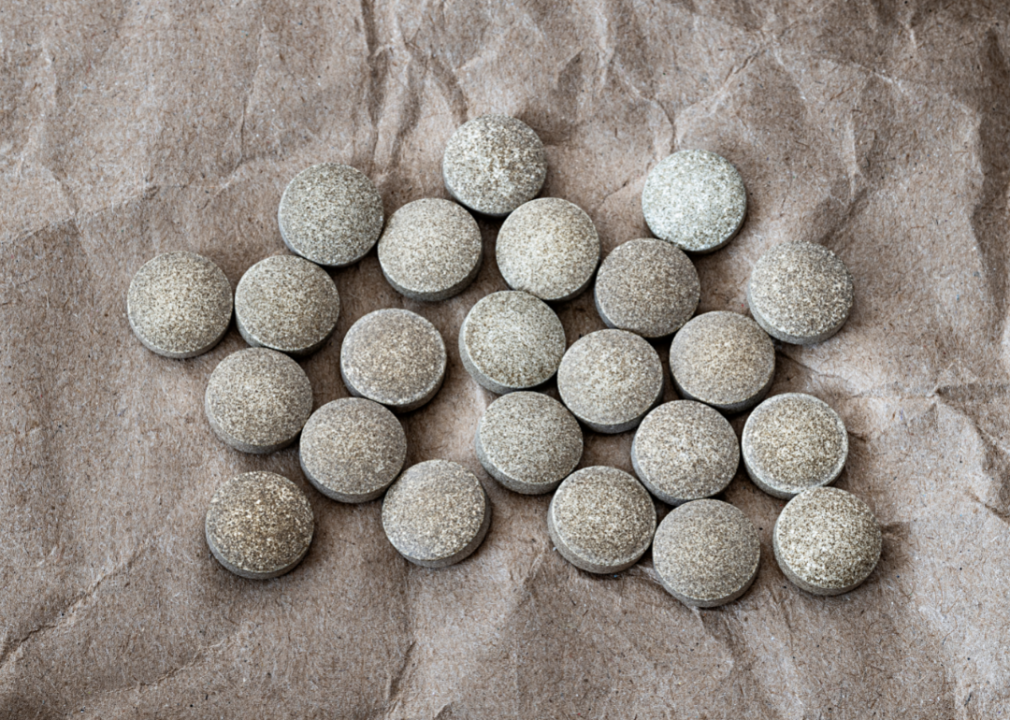
Canva
Vitamins containing iron can be toxic for dogs, particularly prenatal supplements, which tend to have higher amounts than standard vitamins. That’s because dogs don’t have a way of excreting excess iron, causing buildups up in the body. In addition to vitamins, cases of iron toxicity can also come from dogs eating oxygen absorbers (those small silica packets found in things like beef jerky).
Apples

Canva
Although the flesh of apples is not toxic, the seeds can be poisonous due to the presence of a compound called amygdalin. They have to be consumed in large quantities and they must be chewed to be toxic, so a few seeds are unlikely to kill your dog. However, if you plan to feed your dog apples, veterinarians recommend seeding and coring them first.
Black Walnuts
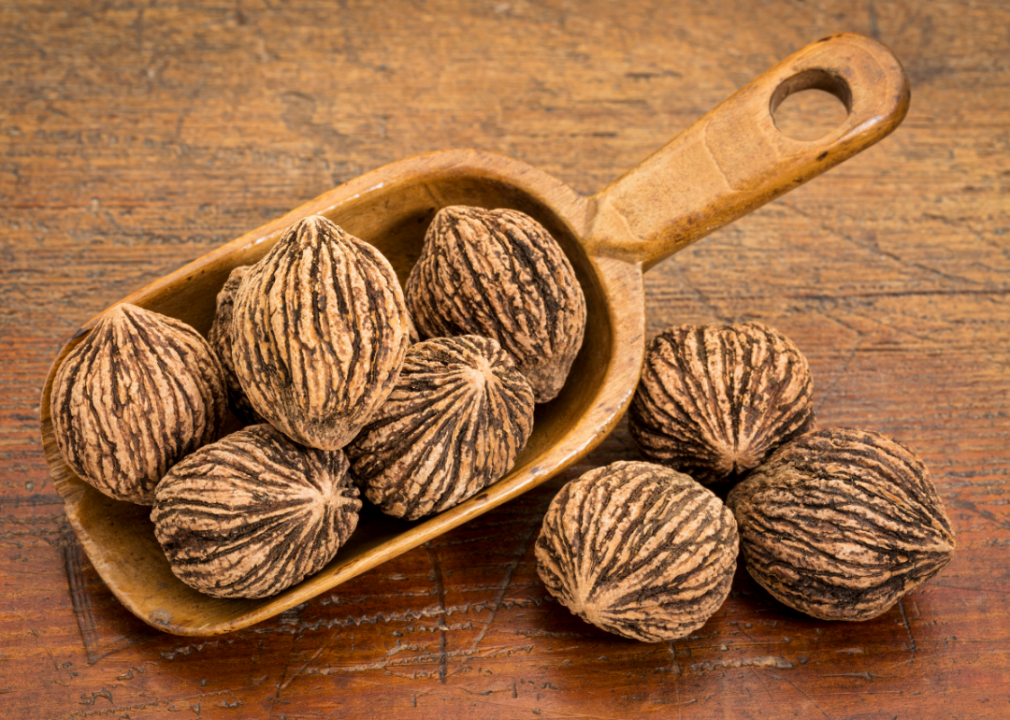
Canva
Regular walnuts (often called English walnuts) are safe for dogs to eat, but the less common black walnut can be toxic. These specialty nuts are used in desserts and baked goods, although poisoning usually occurs in nature when dogs find them on the ground or eat bark from the tree. In fact, the black walnut ranks among the five most poisonous trees to large animals.
Nutmeg

Canva
Nutmeg contains a compound called myristicin which, when ingested in large quantities, can lead to rapid heart rate, hallucinations, and seizures in dogs, according to Dr. Stephanie Liff, co-owner of Pure Paws Veterinary Care of Hell’s Kitchen. Baked goods or other recipes containing small amounts of the spice do not pose a threat; however, if your dog chews on the spice container or gets into the small packets from the bulk spice aisle, it could potentially be very serious.
Peaches
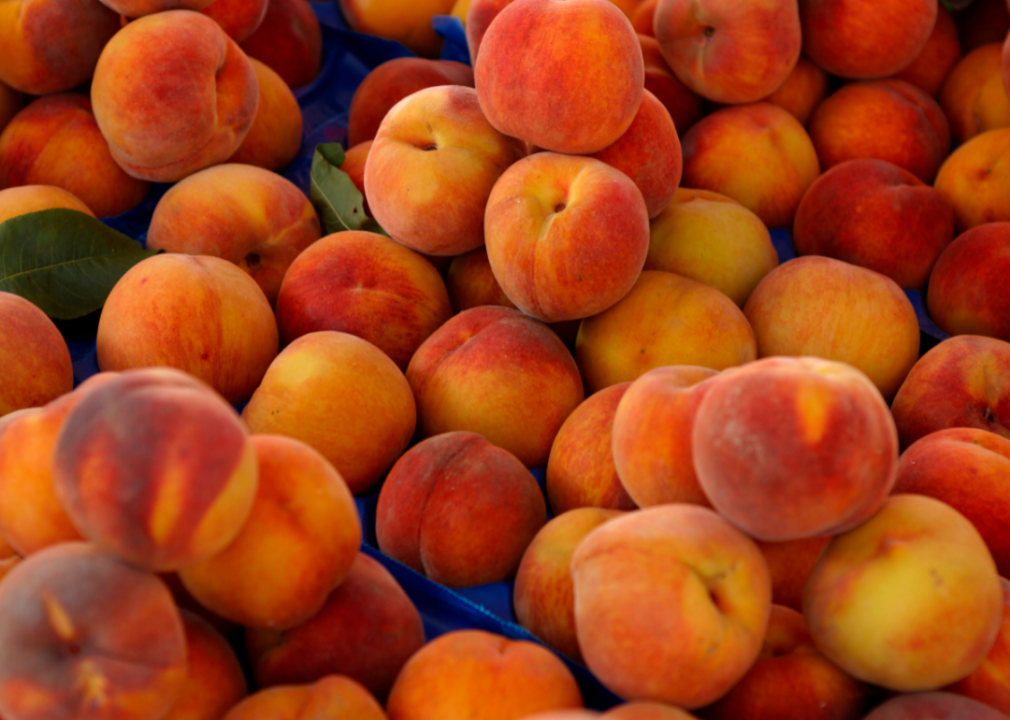
Canva
Although the peach flesh itself is fine for dogs to eat, the pits of peaches contain amygdalin, the same substance found in apple seeds—which releases cyanide. Your pup would have to consume several peach pits to get sick; however, this isn’t beyond the realm of possibility if you have a dog who gets into everything. For this reason, it’s best to keep peaches out of dogs’ reach. In addition to the cyanide issue, the pits pose a choking hazard.
Currants
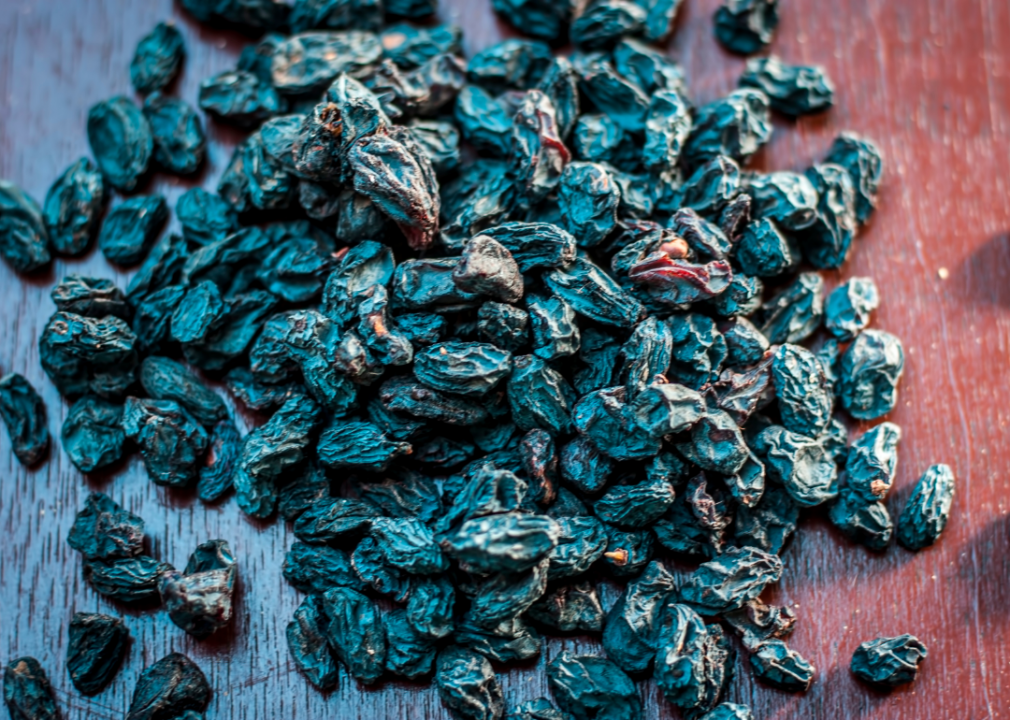
Canva
This one is tricky because even though true currants are not toxic, many currants sold in the United States (sometimes called Zante currants) are actually just tiny raisins made from Corinth grapes. These cause the same issues with toxicity that regular grapes and raisins do, potentially leading to kidney failure.
Alcohol
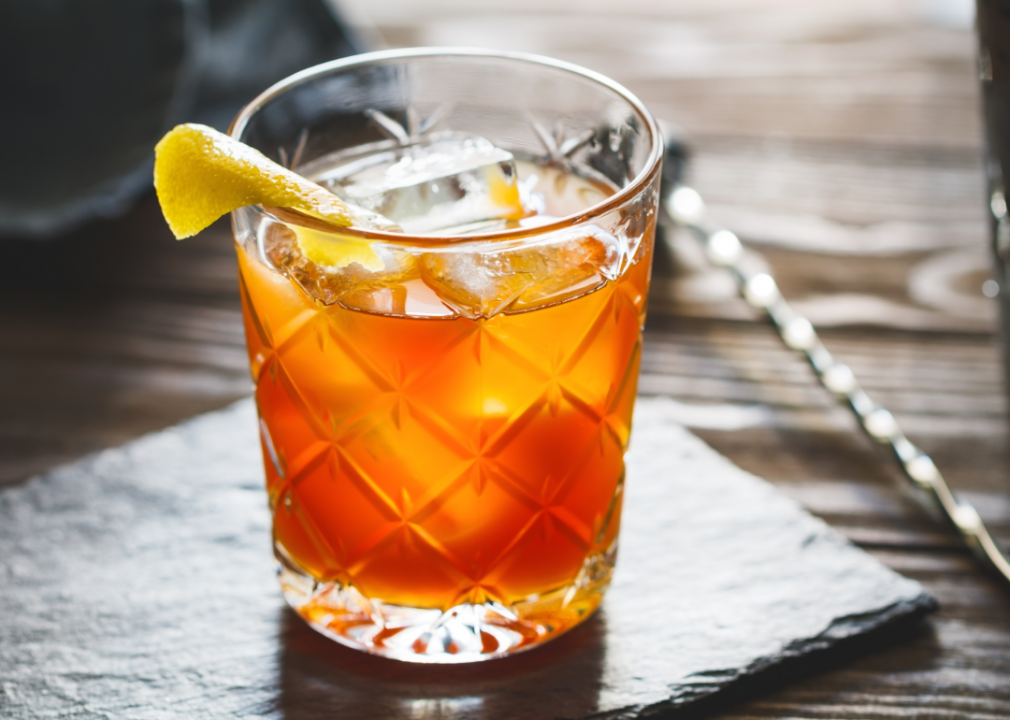
Canva
Although small amounts are not likely to kill most dogs, the potential for severe poisoning and other health issues exists. Alcohol can cause significant drops in blood pressure, body temperature, and blood sugar, which can lead to seizures and even respiratory failure in worst-case scenarios.
Leeks
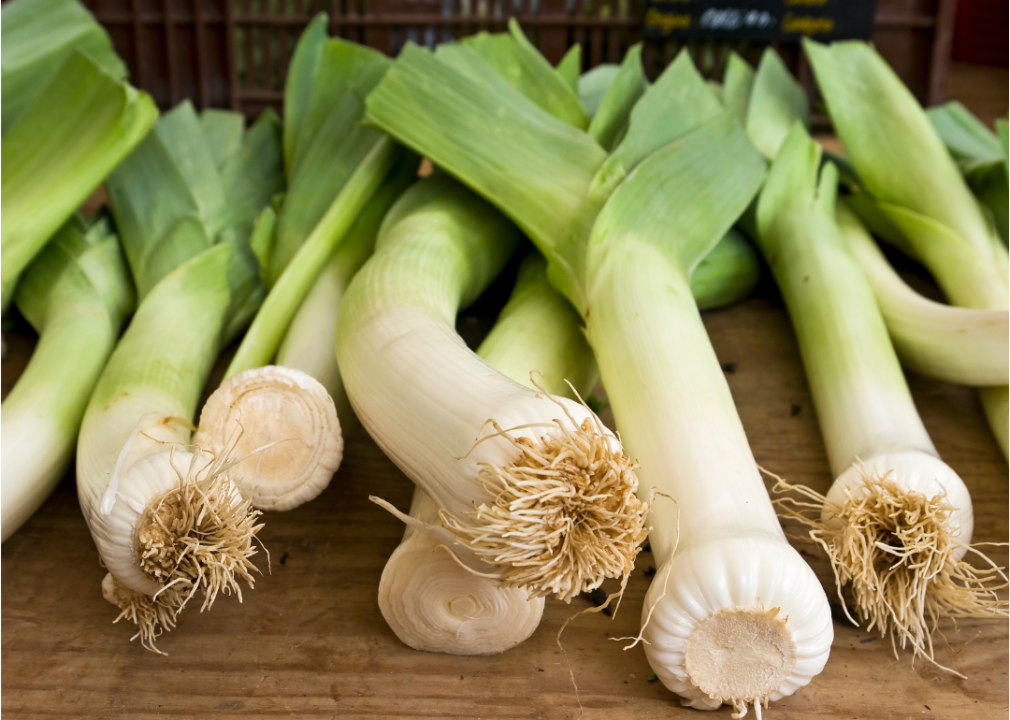
Canva
Leeks contain thiosulfate, the same compound in the allium family that makes garlic unsafe for dogs. In fact, Live Science lists alliums among the seven foods that cause the most pet deaths.
Mustard
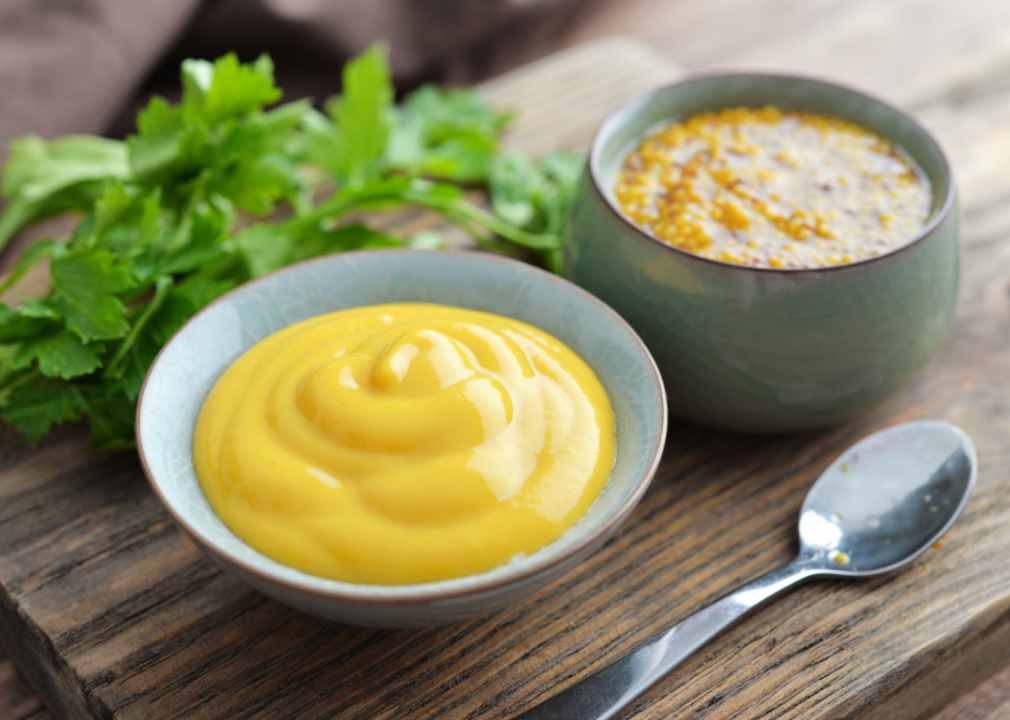
Canva
Mustard is not likely to be lethal to dogs in small doses; however, it can be toxic in higher amounts and, generally speaking, it’s not a good thing for your dog to consume. In fact, due to mustard’s mildly toxic nature, it is often something that’s suggested by vets as a way to induce vomiting. The same goes for mustard seeds, which are often used in cooking.
Fat Trimmings
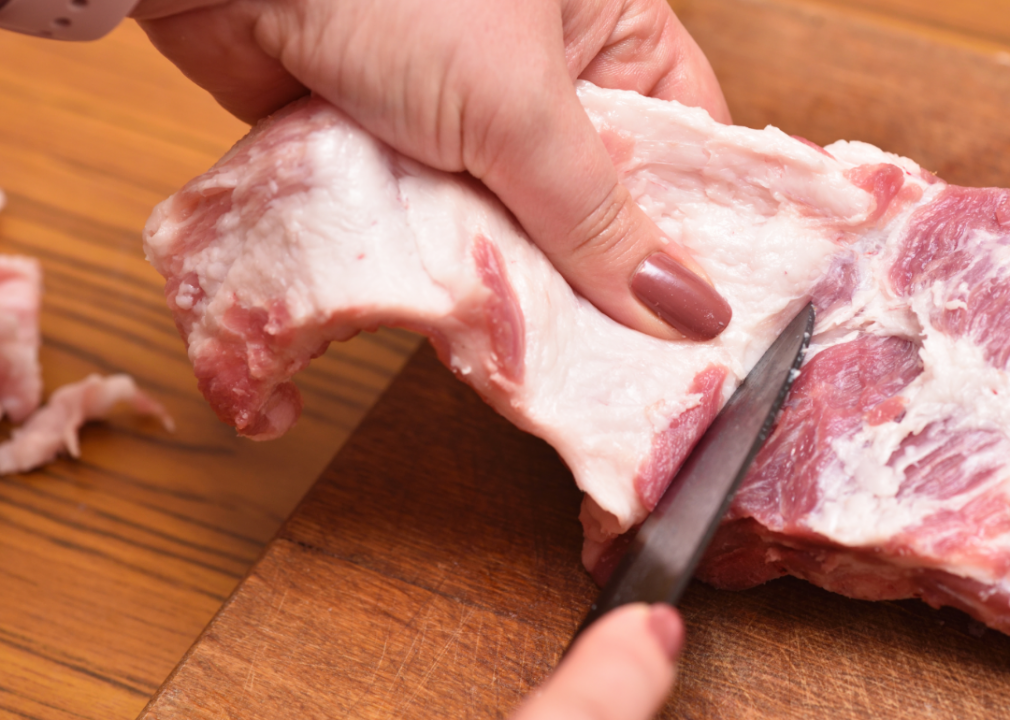
Canva
Although it might seem harmless to treat your pup to the fat you’ve trimmed off meat, veterinarians advise against it. High-fat foods and raw fats can cause vomiting, diarrhea, and even pancreatitis or blood infections.
Coffee

Canva
Caffeine is toxic for dogs and, although one or two sips won’t kill them, it doesn’t take a huge amount to cause serious consequences. Coffee grounds and other sources of condensed caffeine can also pose serious threats.
Cherries
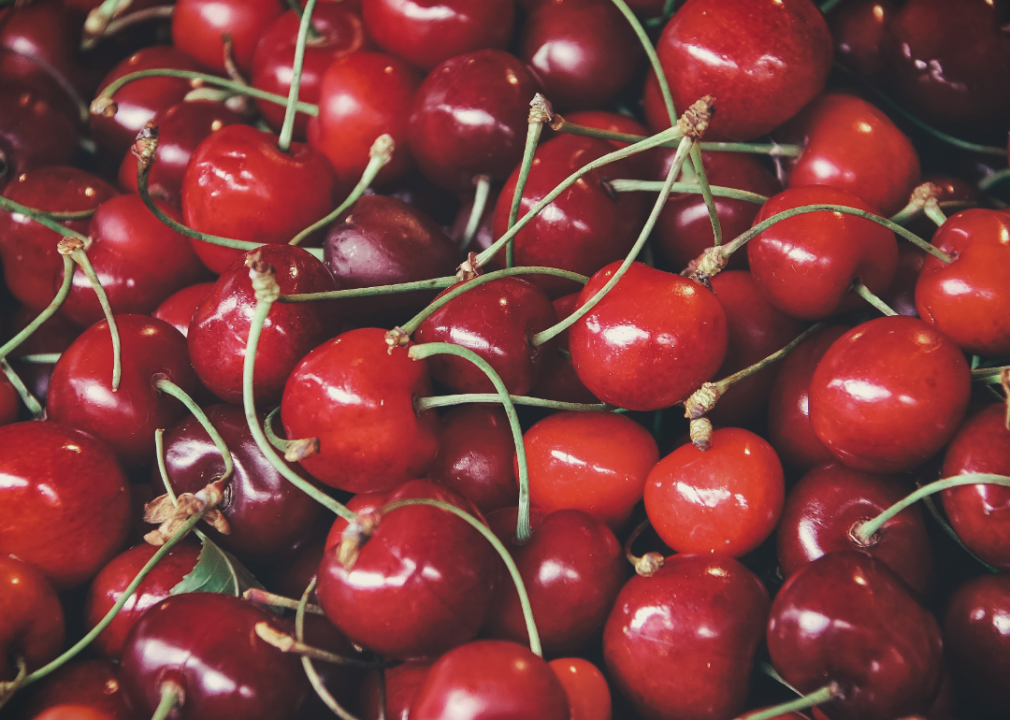
Canva
Similarly to peaches and apples, cherries contain cyanide-releasing amygdalin in their pits, which is toxic to dogs. Cherries can be even more dangerous than peaches because the pits are much smaller, making dogs more likely to eat them. In addition to the toxic pits, cherry flesh can make their stomach upset.
Onions
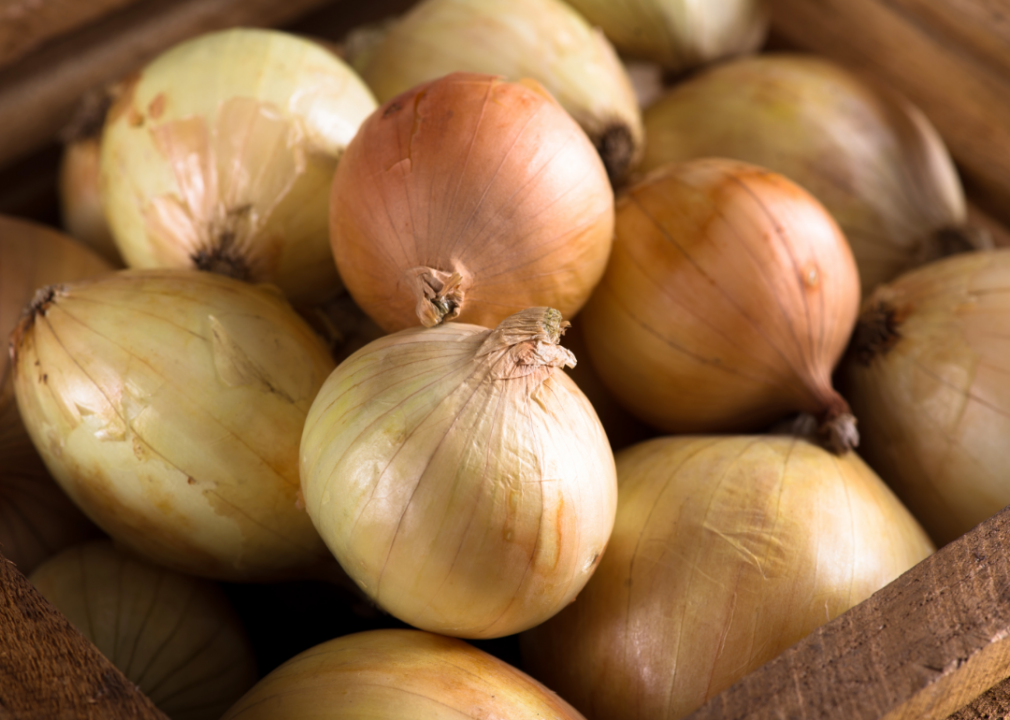
Canva
Onions are another example of food in the allium family that can be poisonous to dogs due to the thiosulfate it contains. Like with other alliums, certain dog breeds are more vulnerable, and their size makes a huge difference.
Green Tomatoes
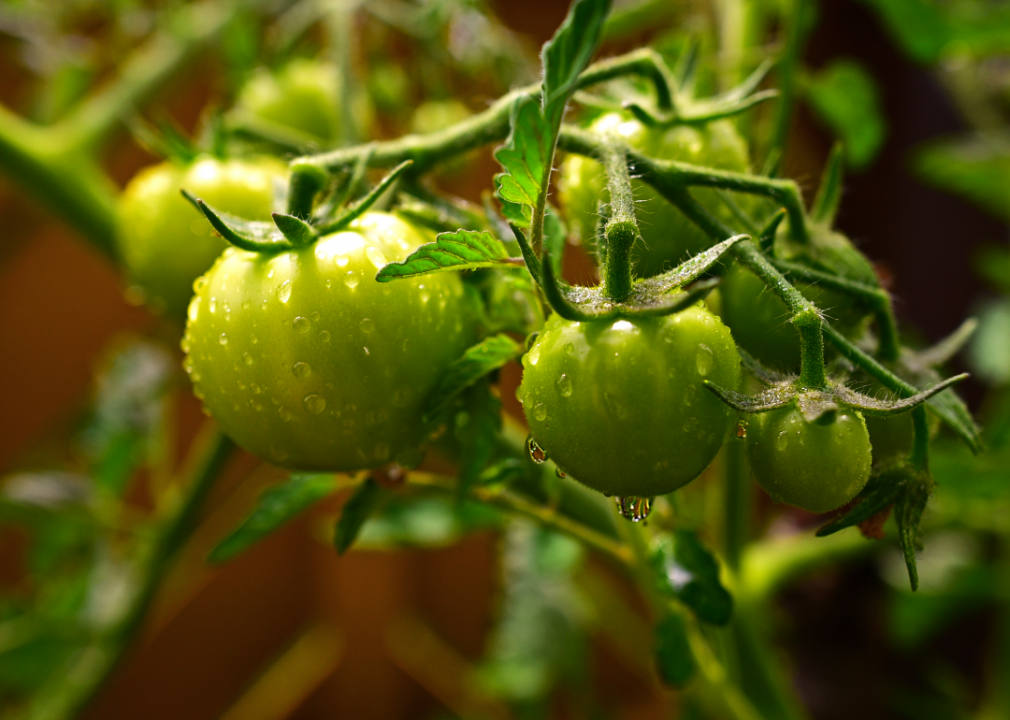
Canva
Once tomatoes are red and ripe, they are generally safe for dogs, as long as the stem is completely removed. However, green tomatoes or not fully ripe red tomatoes can be toxic for dogs. This is because of a substance called solanine found in the stems and leaves. If you have a garden where tomatoes grow, it is best to keep your dogs out so they don’t chew on the green fruits or their vines.
Chives
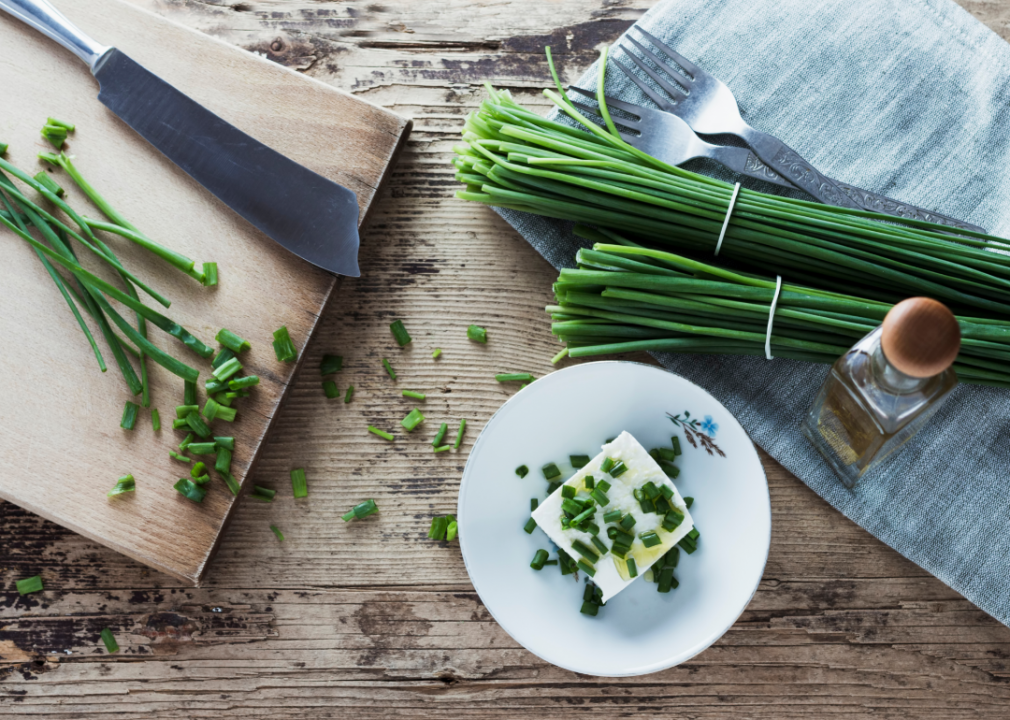
Canva
Chives are yet another food in the allium family which, like garlic, leeks, and onions, can be poisonous to dogs in large amounts. “Toxic doses of chives can cause damage to the red blood cells (making them more likely to rupture) leading to anemia,” Pet Poison Helpline explains. Additionally, the hotline warns that symptoms can be delayed, sometimes not appearing for several days.
Potatoes
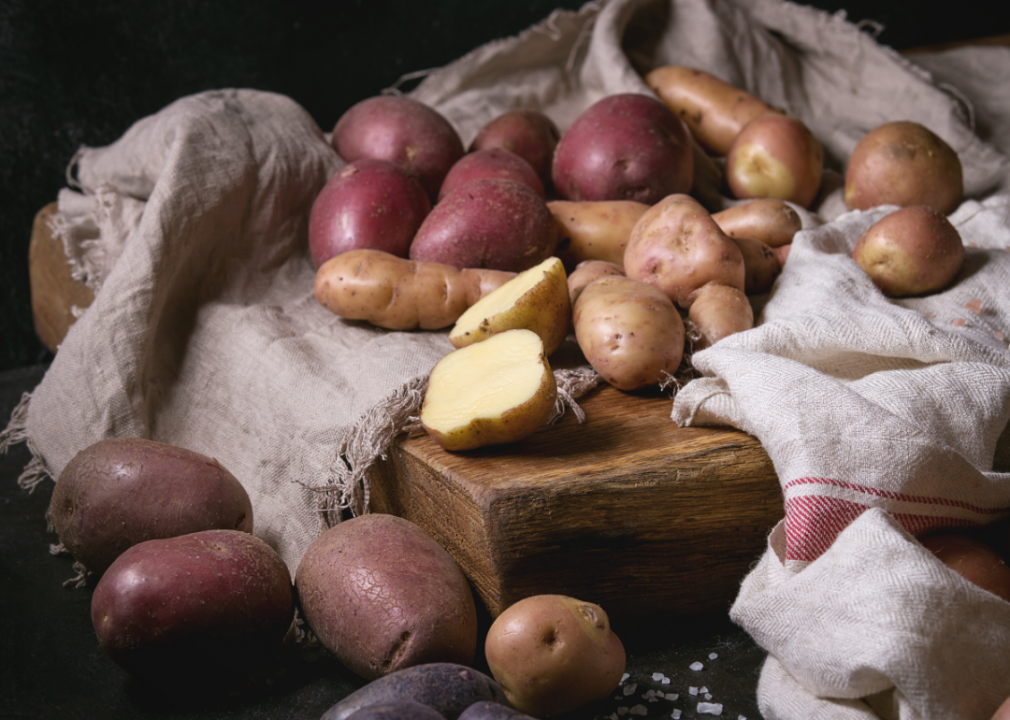
Canva
Potatoes are examples of another food where solanine is the culprit for toxicity. The compound blocks a chemical called acetylcholine, which dogs need to transmit nerve impulses. The result can be issues with their nervous systems and intestinal tracts. Like with tomatoes, the risk occurs when potatoes are green or unripe, and in the green sprouts, or eyes, that grow on them.






